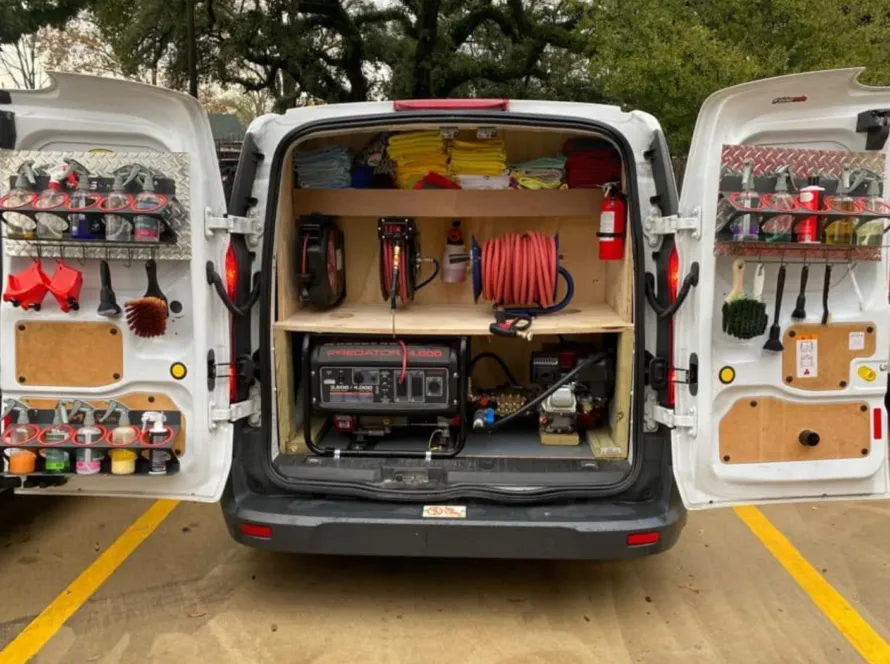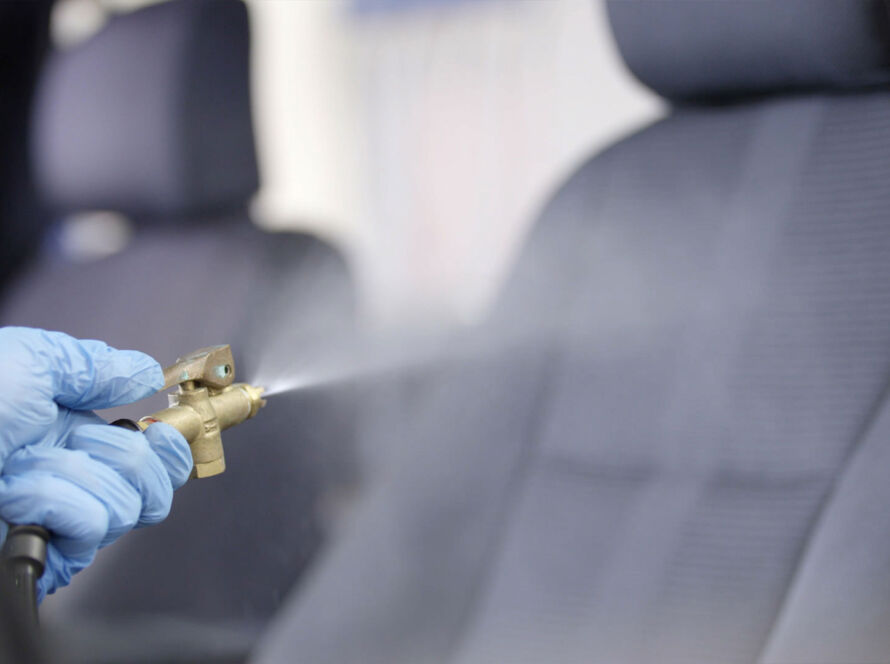Paint Depth Gauges: How Professionals Ensure Safe Correction
One of the most important tools in professional detailing is the paint depth gauge. During paint correction, only a microscopic layer of clear coat is removed to eliminate swirl marks, scratches, and oxidation. Measuring that thickness ensures the process is safe and effective.
Detailing professionals agree that paint thickness determines how aggressively a car can be corrected. Without a paint depth gauge, polishing becomes guesswork — and over-polishing can permanently damage paint.
What Is a Paint Depth Gauge?
A paint depth gauge is a digital tool that measures the total thickness of the paint system (clear coat, base coat, and primer). The reading is given in microns (µm).
- A healthy factory finish is usually 100–180 microns thick.
- The clear coat alone is only 30–50 microns — thinner than a human hair.
- Removing too much clear coat risks exposing the base color or primer.
Why Paint Depth Matters
1. Safety During Correction
Paint correction removes 2–5 microns of clear coat. Without a gauge, it’s easy to over-correct and damage the finish.
2. Assessing Vehicle History
Uneven readings across panels may indicate previous repairs, repaints, or bodywork.
3. Customizing the Process
Detailers adjust polishing pads, compounds, and machine speed based on the available clear coat thickness.
4. Long-Term Protection
Preserving enough clear coat ensures the paint remains strong against UV rays and oxidation.
How Professionals Use Paint Depth Gauges
- Baseline Measurements: Checking multiple panels before starting correction.
- Spot-Checking: Re-measuring during polishing to track how much clear coat is removed.
- Identifying Risk Areas: Detecting thinner areas, edges, or repainted sections.
- Documentation: Providing customers with before-and-after readings for transparency.
Frequently Asked Questions (FAQ)
What is a paint depth gauge?
It’s a tool that measures the thickness of automotive paint layers in microns to ensure safe correction.
How thick is car paint?
Factory paint systems are typically 100–180 microns, with the clear coat being only 30–50 microns.
Why do detailers use paint depth gauges?
To avoid over-polishing and safely remove only a few microns of clear coat.
Can paint correction be done without a gauge?
It can, but it’s risky. Gauges provide accuracy and prevent accidental paint damage.
Do all cars have the same paint thickness?
No. Thickness varies by manufacturer, model, and whether panels were repainted.
How much clear coat is removed during correction?
Typically only 2–5 microns, a fraction of the total clear coat.
Can a depth gauge detect repainted panels?
Yes. Repainted areas often measure much thicker than factory paint.
What happens if too much clear coat is removed?
The base color or primer can become exposed, leading to permanent damage.
Do professional detailers always use depth gauges?
Yes. They’re standard for safe and precise paint correction.
Can car owners use paint depth gauges at home?
Yes. Consumer models exist, but professionals are trained to interpret readings correctly.




